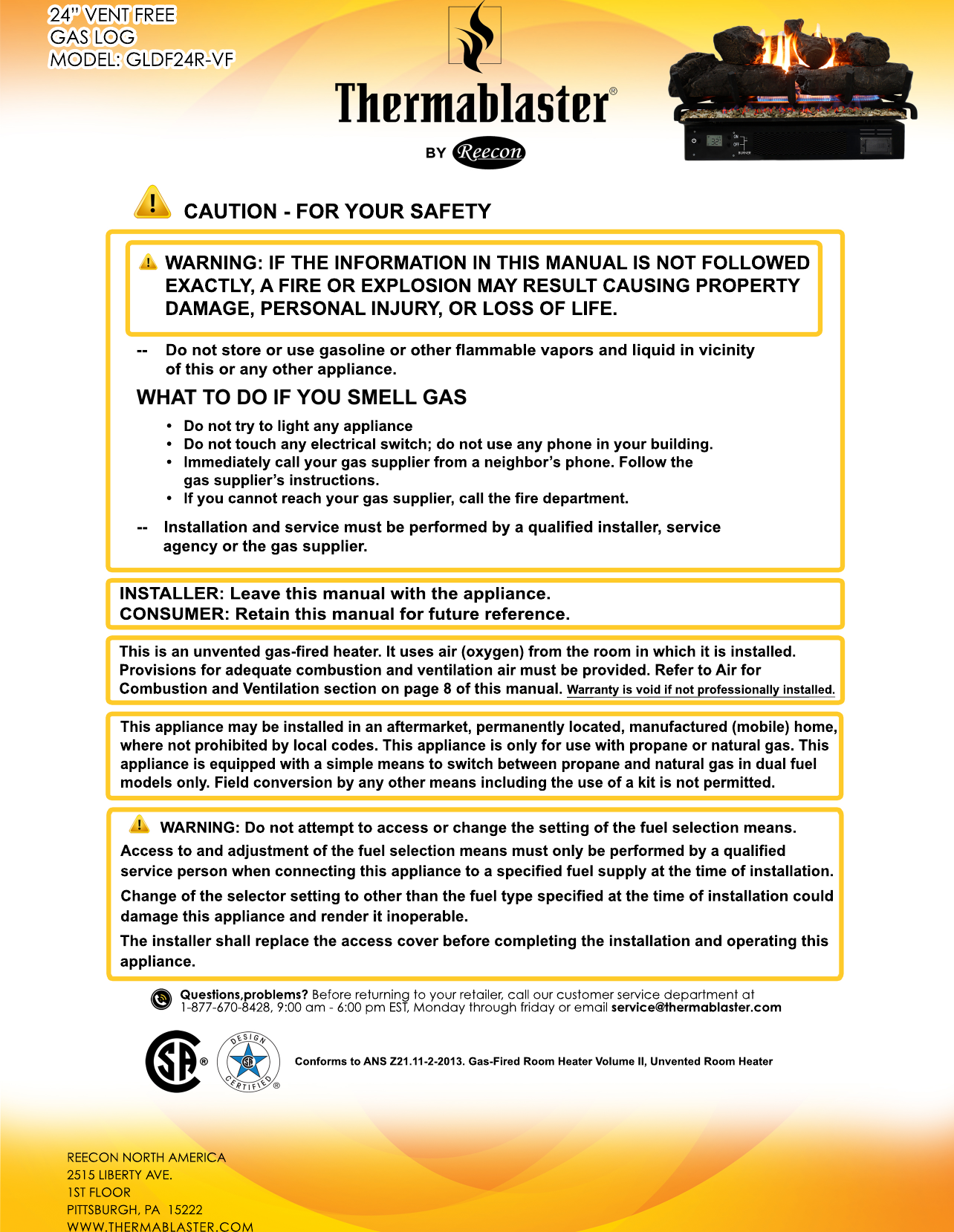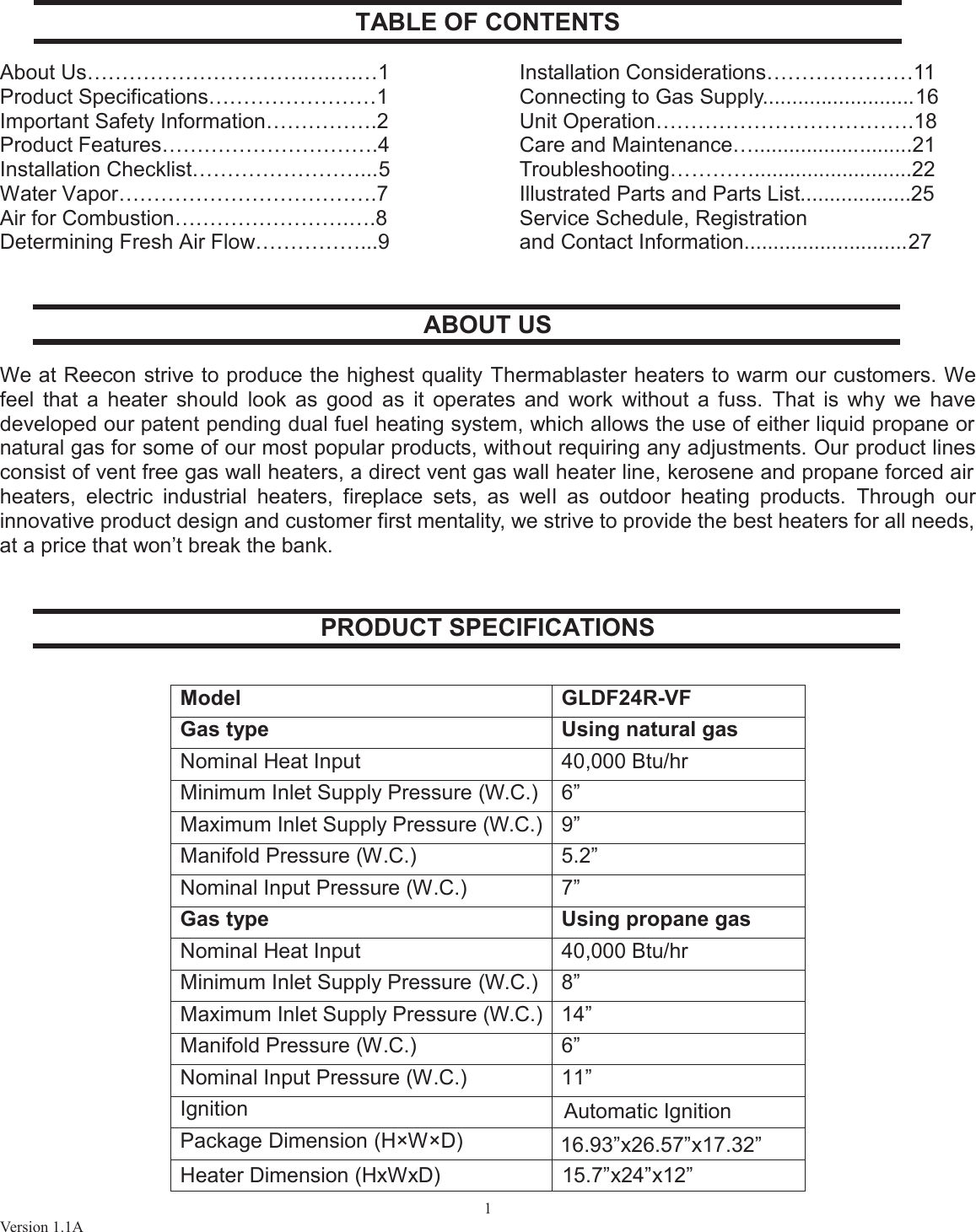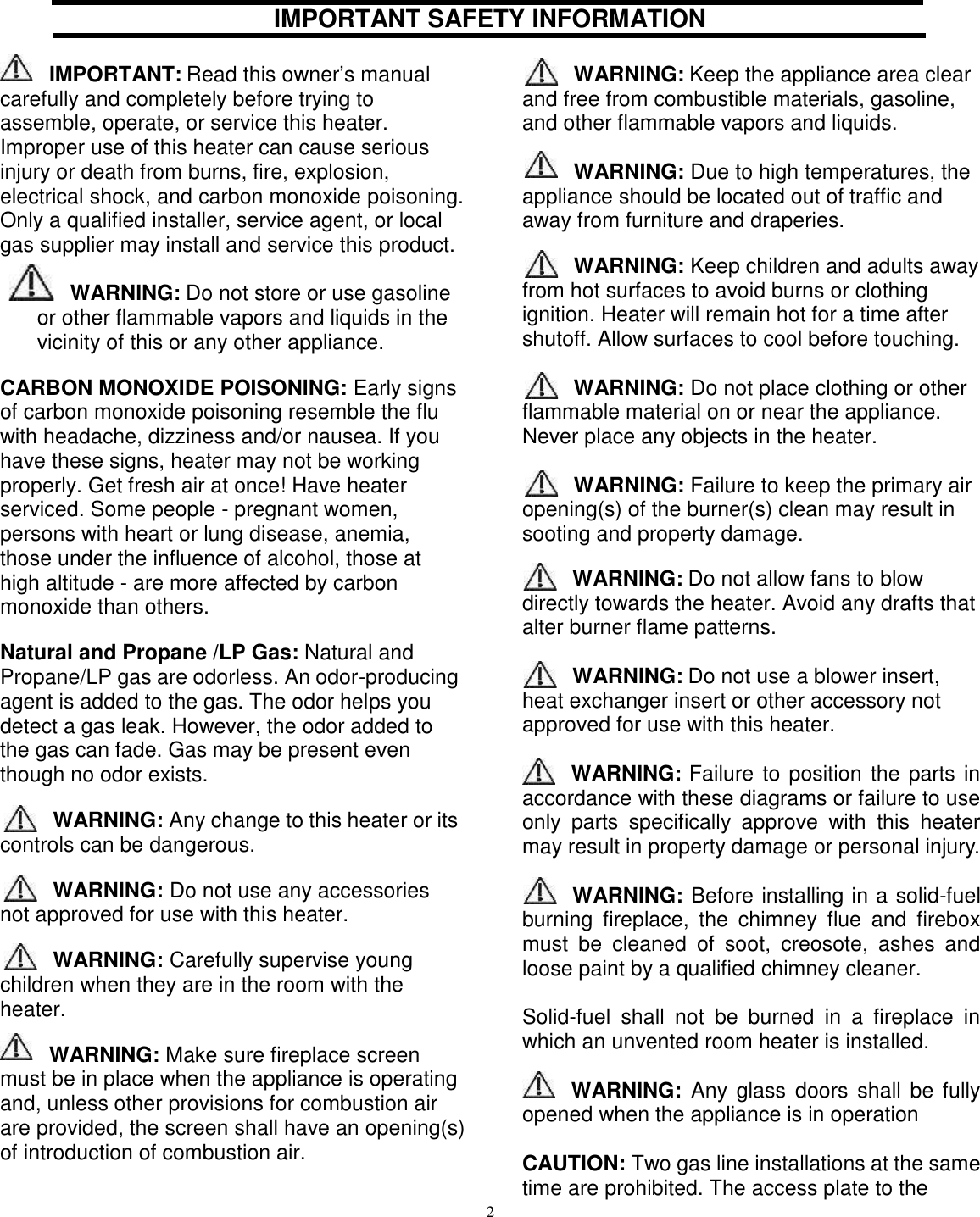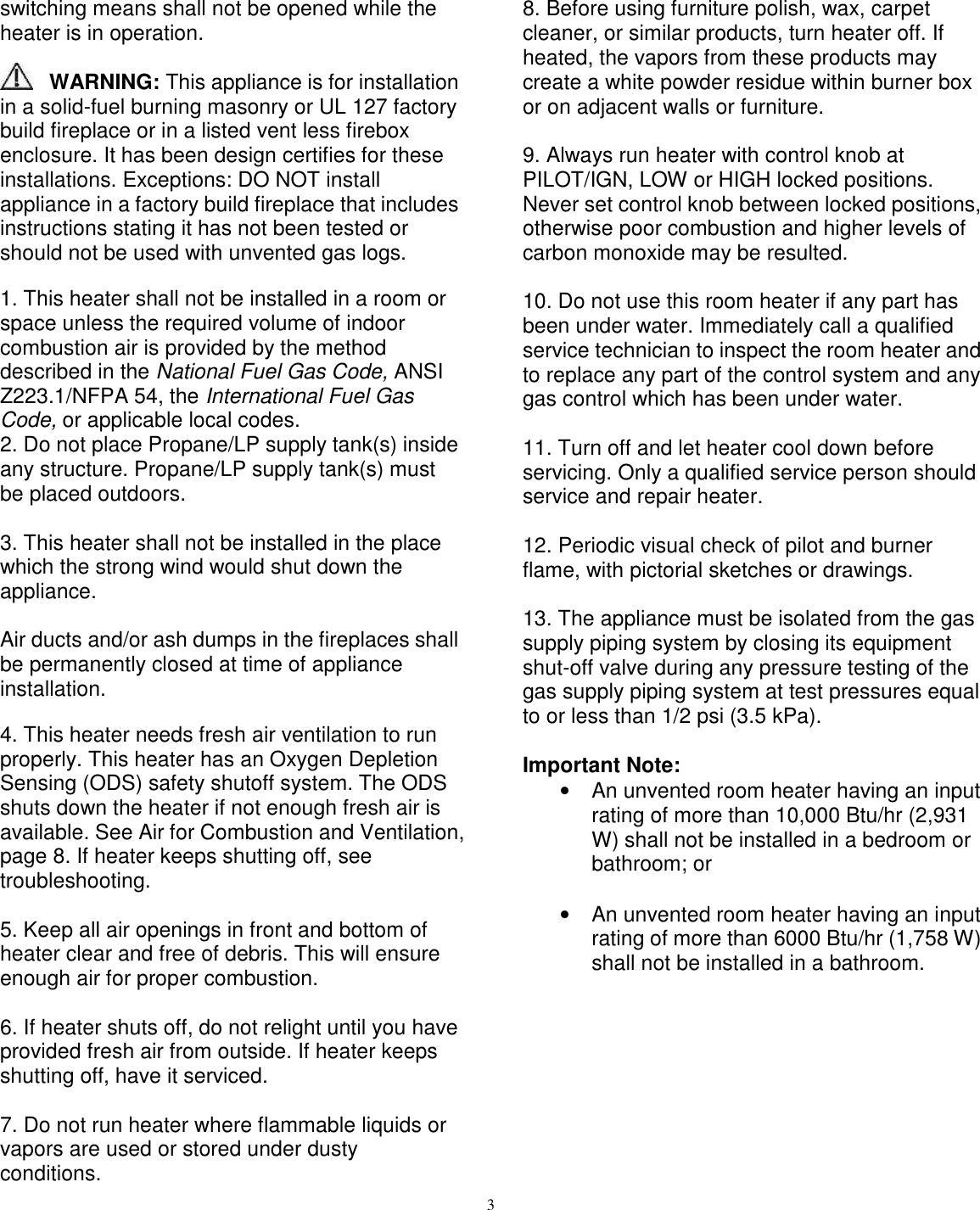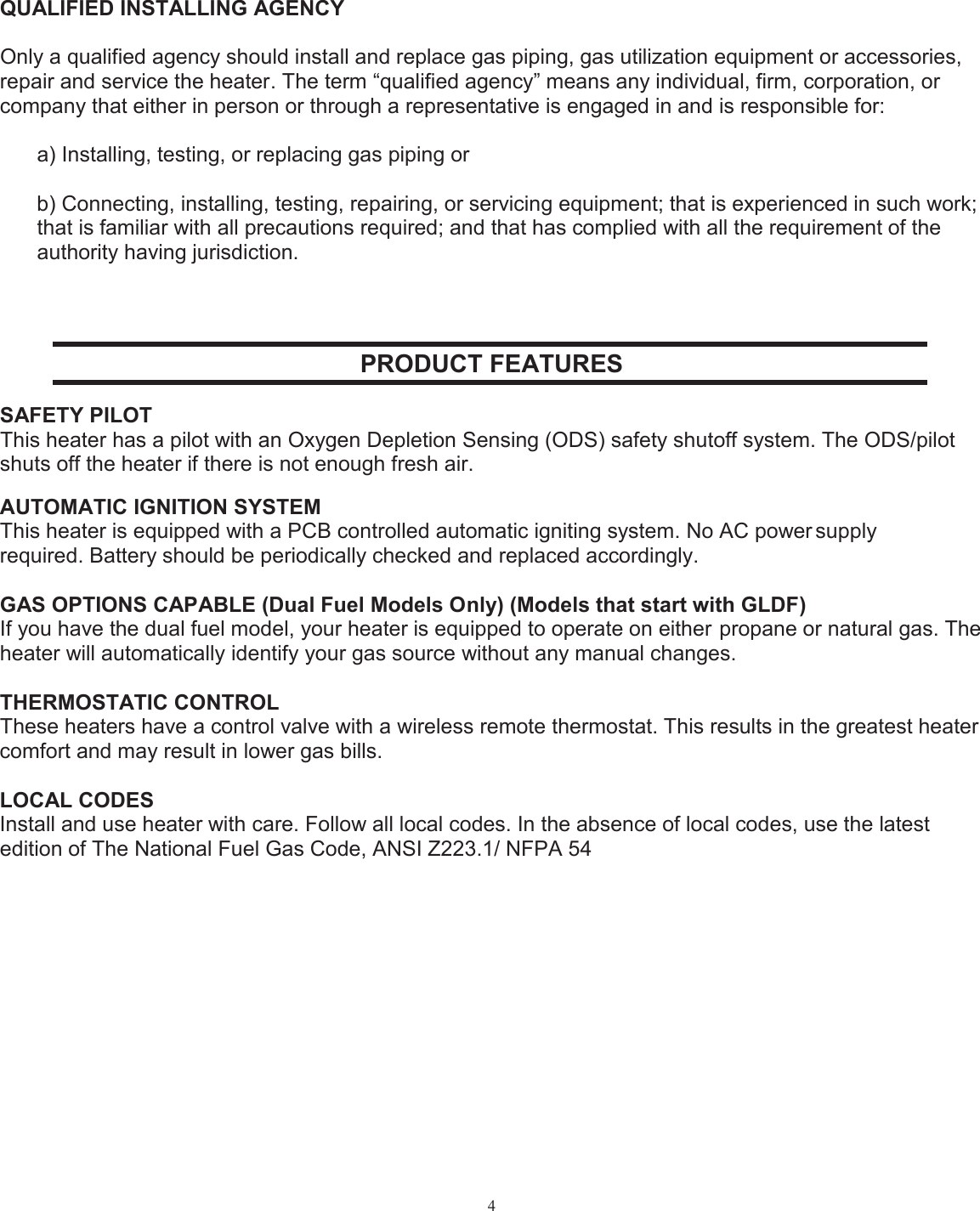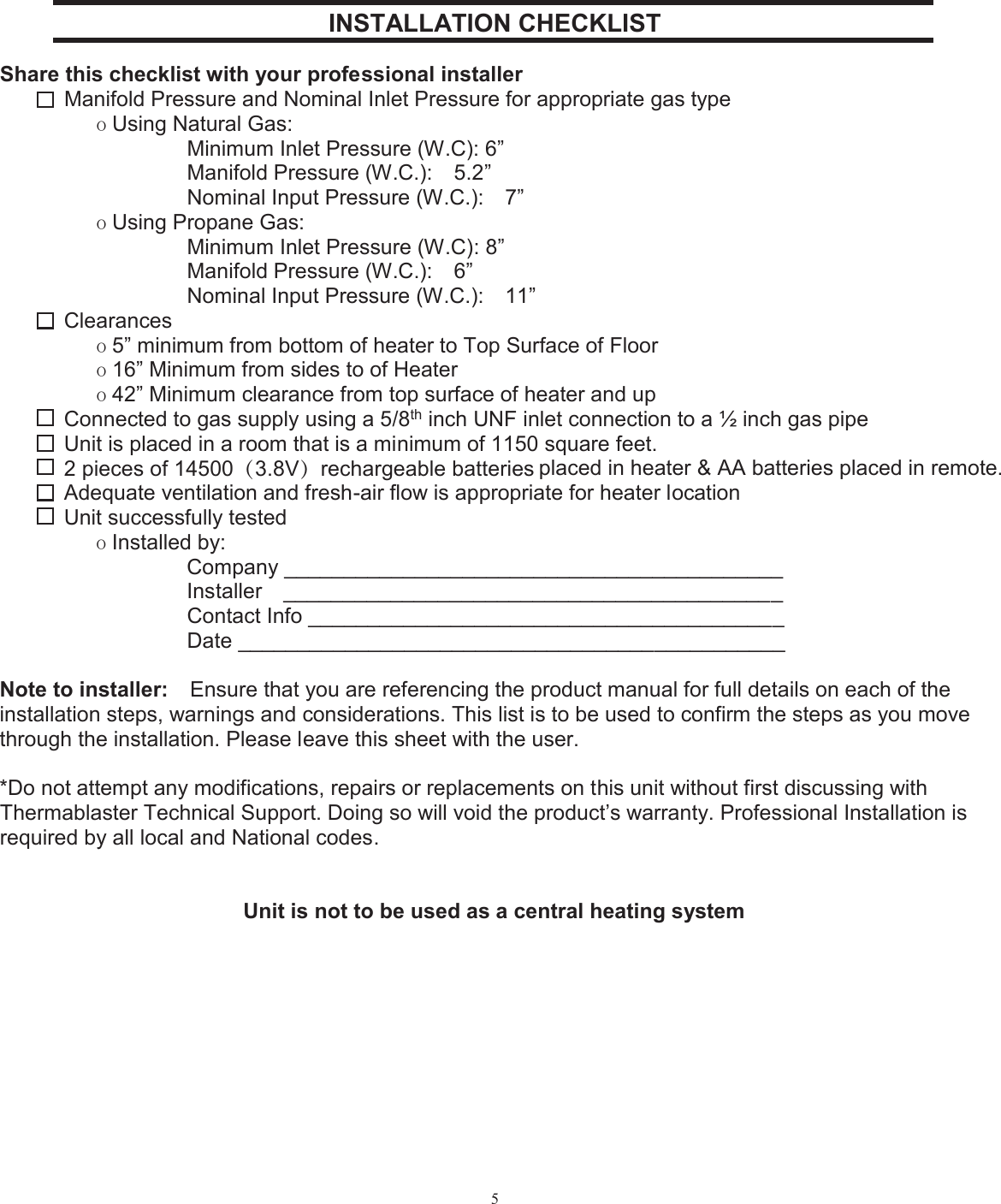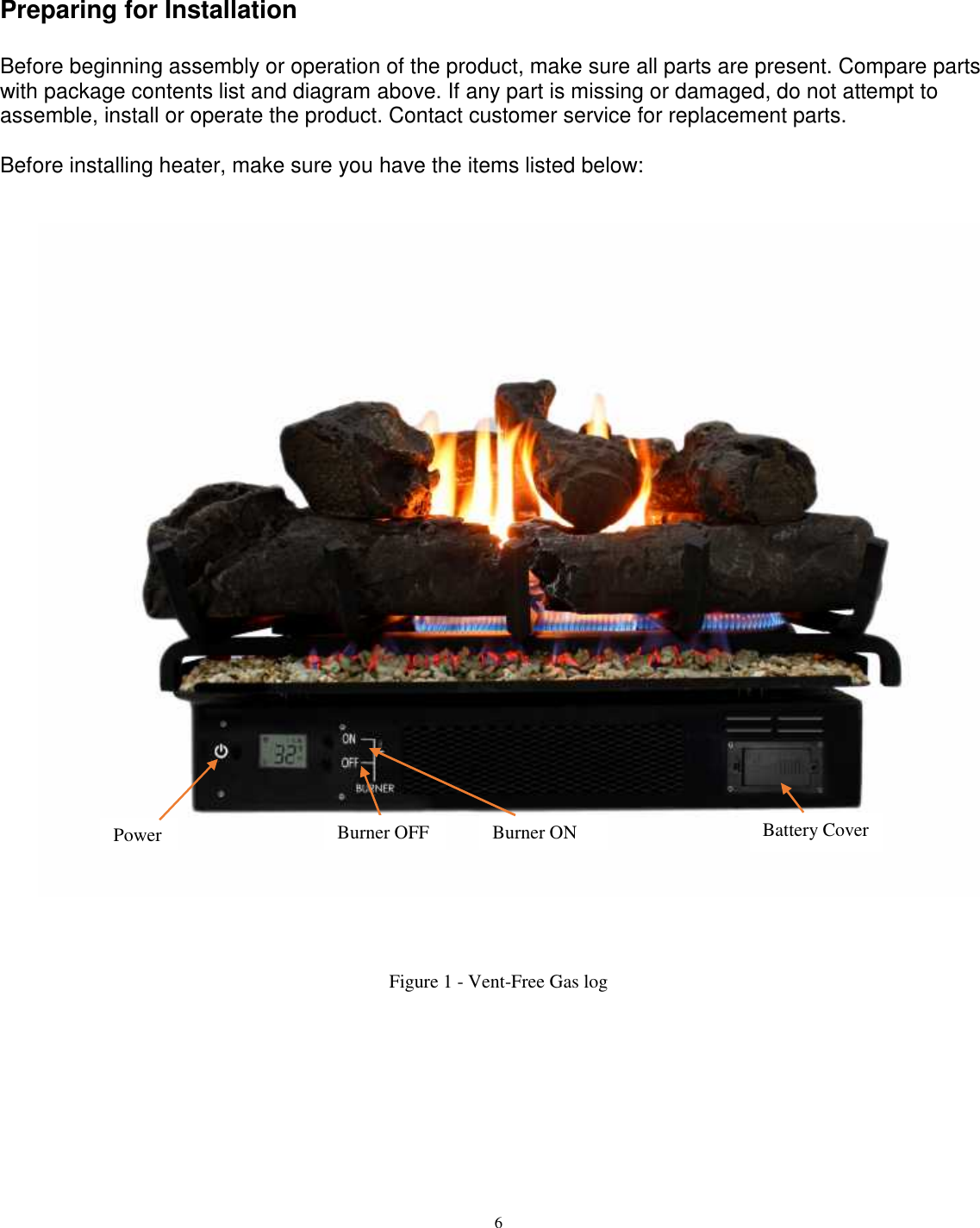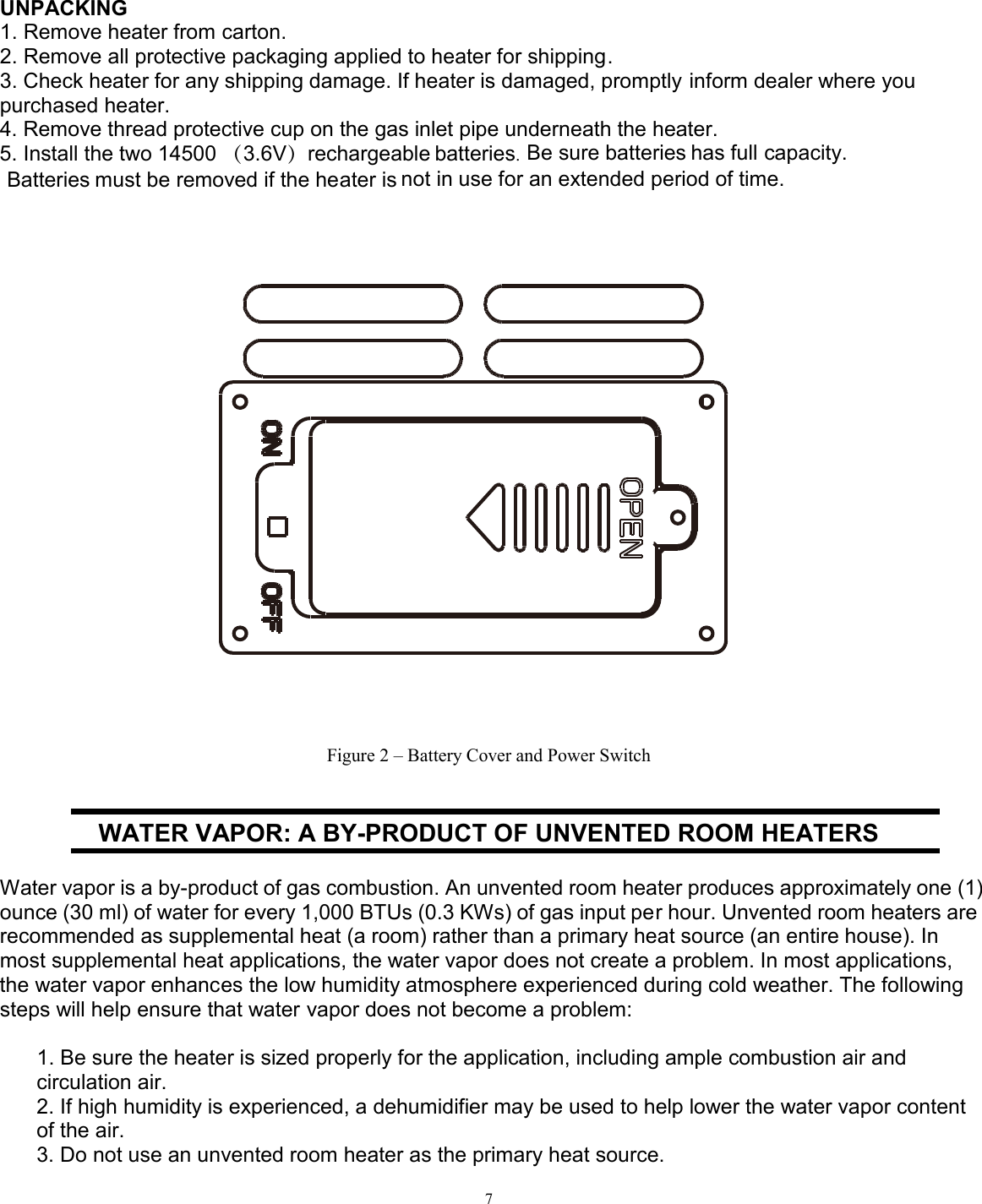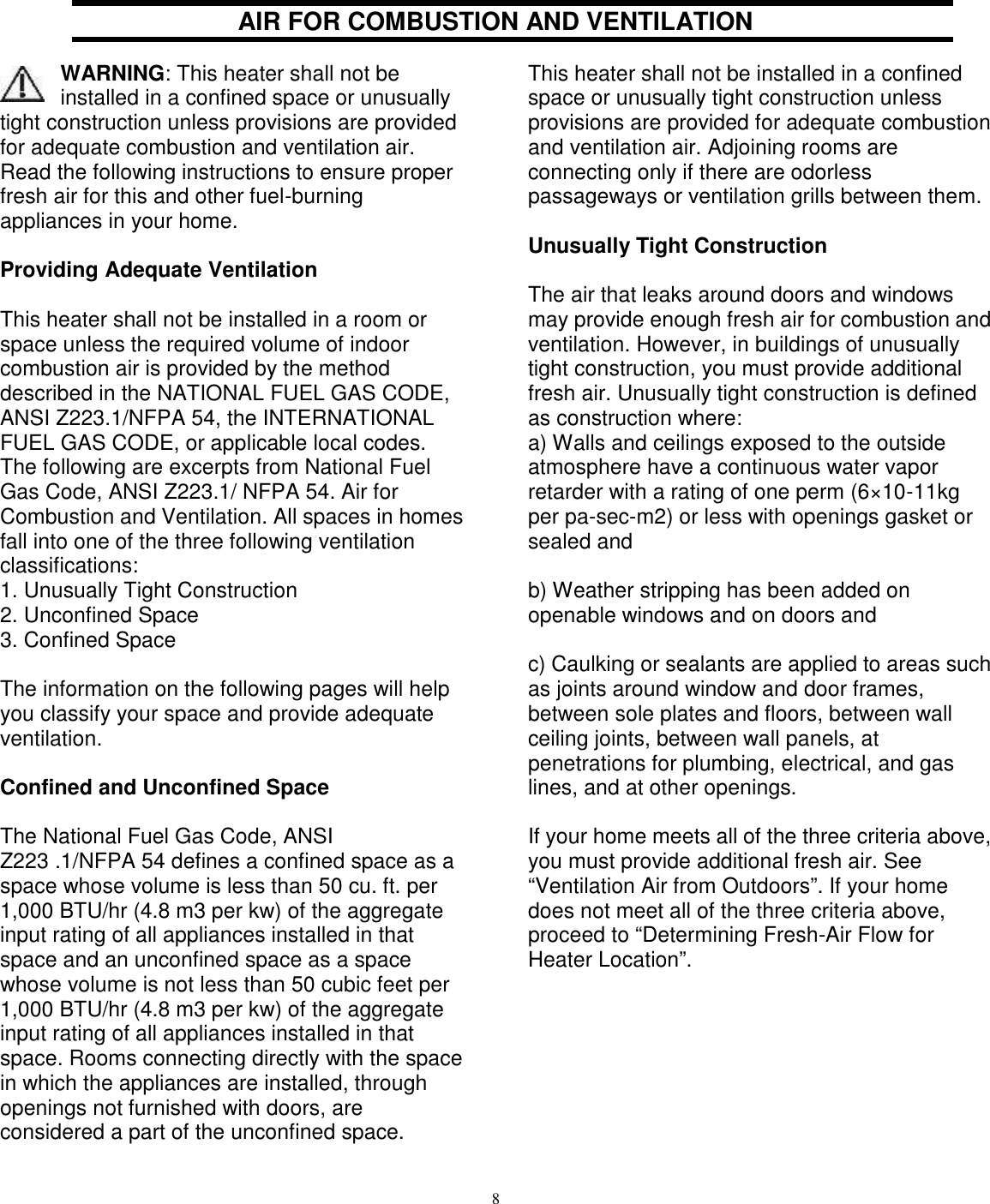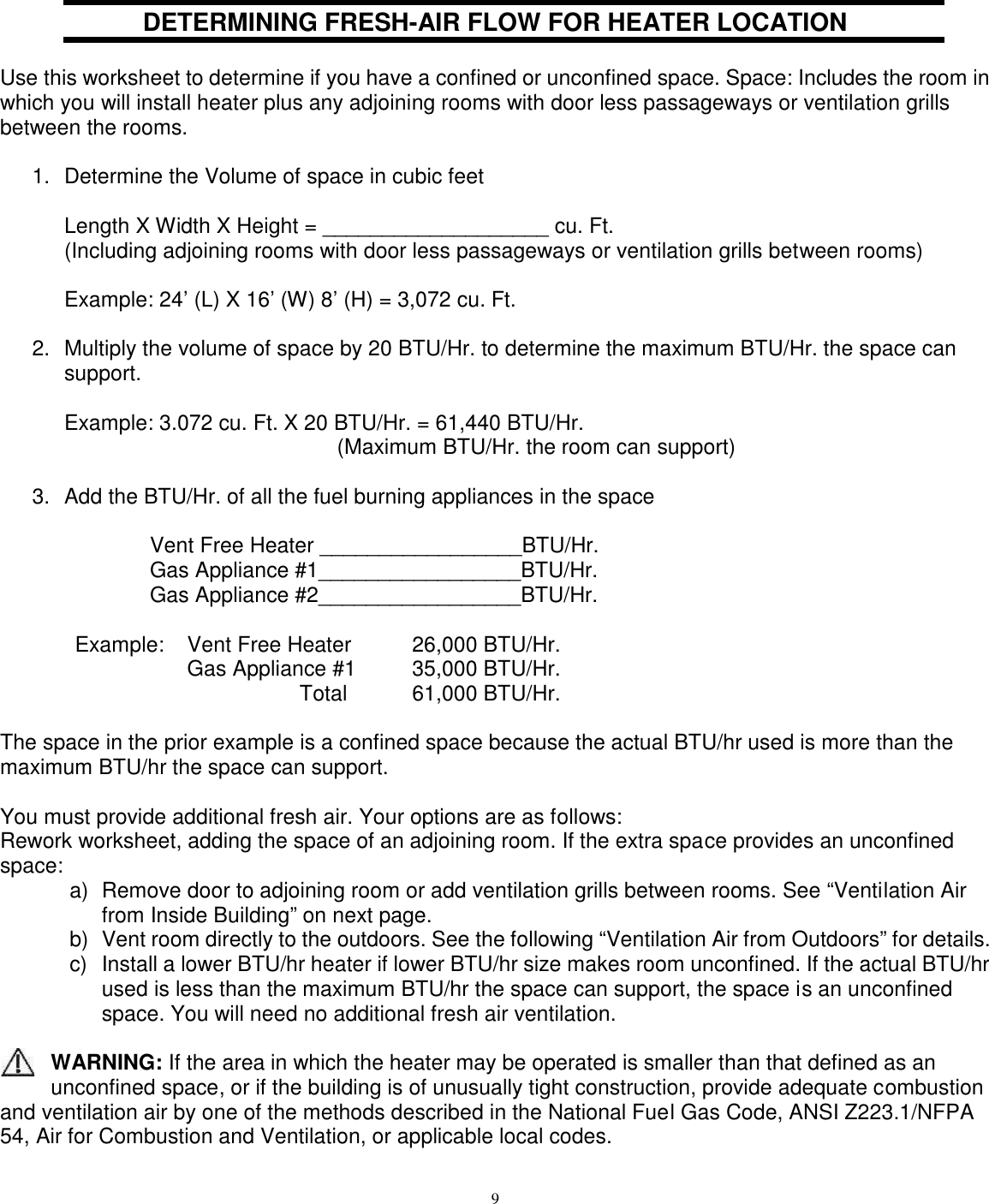REECON M and E GLDF24RVF Gas Log User Manual 2AJVNGLDF24RVF 1 Rev 1
REECON M & E CO., LTD Gas Log 2AJVNGLDF24RVF 1 Rev 1
Contents
- 1. 2AJVNGLDF24RVF_User Manual 1_Rev 1
- 2. 2AJVNGLDF24RVF_User Manual 2_ Rev 1
- 3. 2AJVNGLDF24RVF_User Manual 3_ Rev 1
2AJVNGLDF24RVF_User Manual 1_Rev 1
